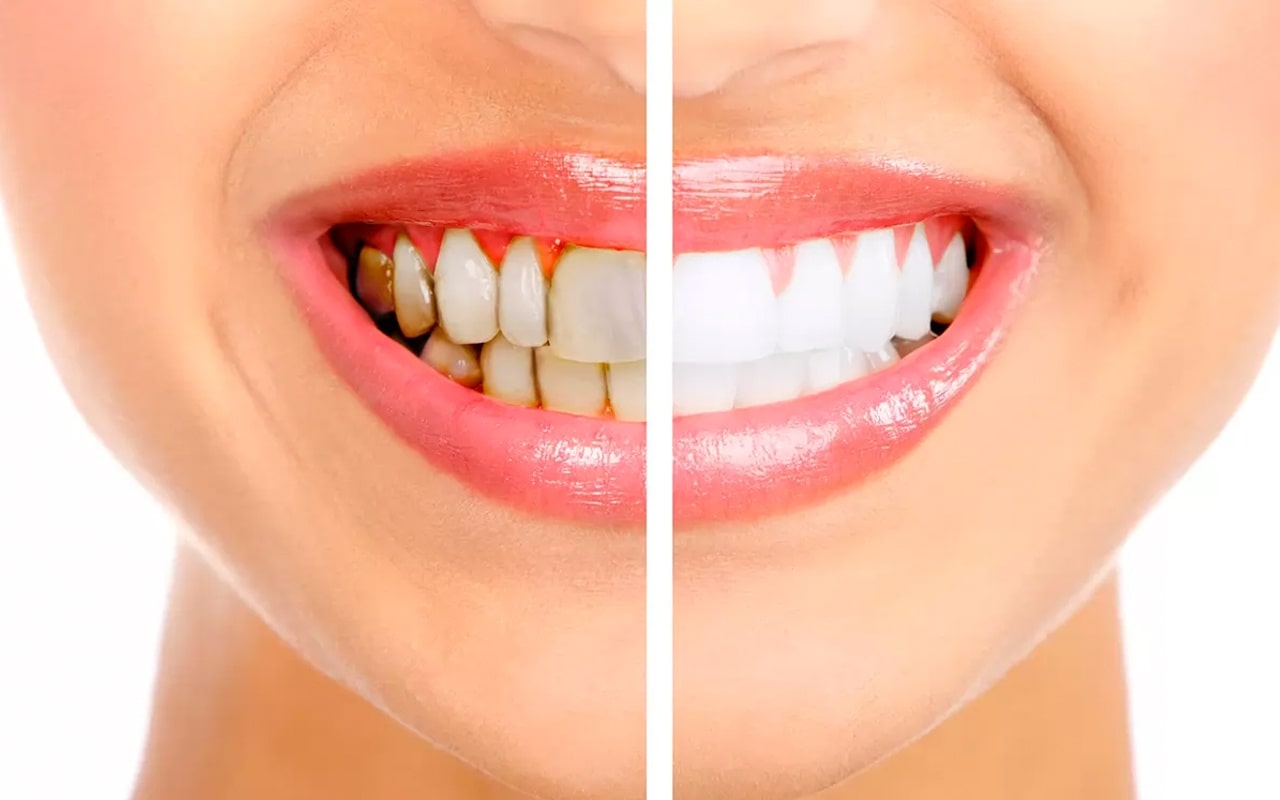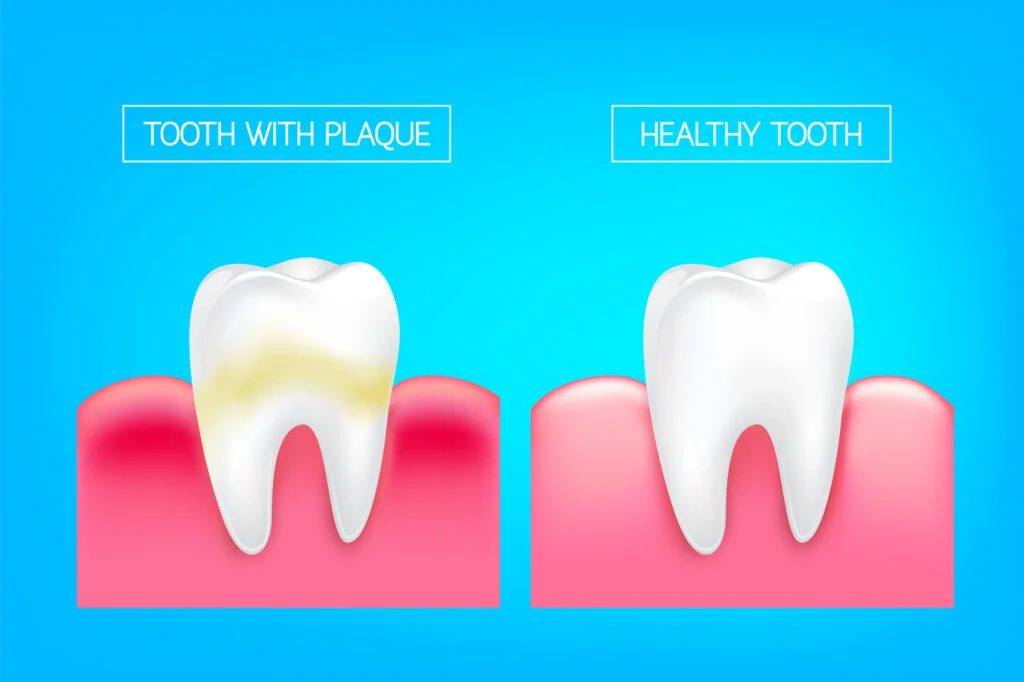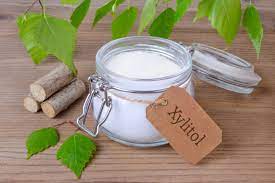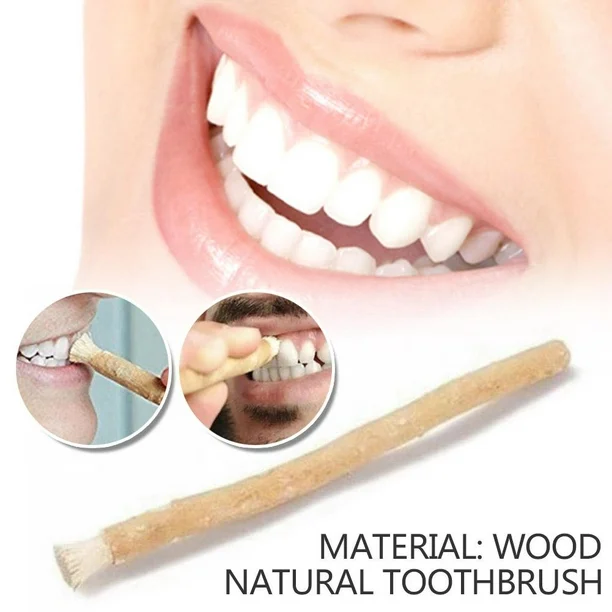
Imagine facing an adversary patiently biding their time for decades, perhaps even half a century or more, with the sole purpose of overcoming you. Ultimately, it harms you more than you would if you fought Mike Tyson in the ring. As a result of their opportunistic nature, dental plaque begins to adhere to teeth at a relatively young age and firmly establishes itself within 72 hours. Within just 72-hour break from your dental cleaning, you would unwittingly be rolling out the red carpet for these uninvited guests who plan to stay in your mouth for decades.
At this point, the yellowish tint on your teeth, usually caused by an infection of Streptococcus Mutans, becomes noticeable, and as the stage progresses, people will see hardened microorganisms instead of your teeth's original brilliant white color.
Secrets of Dental Plaque Adhesion

The initial adhesion of dental plaques to tooth surfaces originates from salivary proteins. When adequate oral care is not performed, the acid level in the mouth increases and exceeds seven. Oral acidity rises considerably more rapidly in females, particularly during pregnancy. High acidity prevents the release of the ptyalin enzyme in our saliva, which is responsible for the destruction of bacteria.
The lack of the ptyalin enzyme allows bacteria to adhere to salivary proteins. Therefore, the initial stage of dental plaque development has occurred. Bacteria initially adhere to salivary proteins, resulting in the formation of a malleable tissue in the mouth, which subsequently solidifies and attaches to the surface of the tooth. This adhesion process results in bad breath inside the mouth.
We have our first unwelcome visitor here. Even with diligent brushing and flossing, it is now quite challenging to remove. However, the threat has only just begun. The American Dental Association reports that these pesky invaders are responsible for 60% of all cases of tooth loss in the elderly. To comprehend the gravity of the matter, it is not necessary to wait until one has lost a tooth. You would be doing yourself a huge favor if you attempted to remove these yellow monsters from your teeth as soon as they appeared.
Decay Effects of Tooth Plaque

Initially, dental plaques adhere to the surface of the tooth and subsequently progress stealthily towards the tooth root, leading to the formation of pockets in the gums and gradual gum recession. A little trembling of the tooth is typical of this stage, however, the vast majority do not care about it.
In the meantime, dental plaque further penetrates the gum line, ultimately disrupting the anatomical bond that exists between the gum and the tooth roots. Now it is time for that tooth to leave that mouth. The plaques that meticulously battled through the entire process ultimately prevailed.
The only thing you can do now is to protect your remaining teeth from dental plaque and continue strict oral hygiene. Treatment plans are typically based on the severity of the pockets that develop in the gums. If the pocket depth reaches around 5-6mm, it may be necessary to address dental plaque buildup through scaling and root planing treatment.
However, patients should be mindful that plaque can return if they do not practise good oral hygiene for a few days. So, if you have gotten rid of your dental plaques, you should not compromise on your oral hygiene, just like an athlete preparing for the Olympics does not skip training sessions.
Mastering Dental Plaque Removal: DIY Secrets
Dealing with dental plaques can be quite a challenge, but there are specific treatments that, when consistently applied, have demonstrated encouraging outcomes. Because of the potential damage to tooth enamel, it is best to avoid using products with a high acid content, such as carbonated soda. The method you use to get rid of dental plaques must be from a trustworthy authority, and here are unique tips to eliminate plaques.
1. Xylitol Gummies

The majority of commercially available chewing gums contain xylitol. Xylitol, derived from birch sap and used as a sweetener, becomes active within 5 to 10 minutes once you chew the gum. The xylitol in the gum runs out after a while, so it no longer works. According to Ellie Philips, a prominent figure in the field of preventive dentistry, regular use of xylitol can effectively eradicate dental plaque within a span of 6 months.
2. Herbal Toothpaste
You can easily find organic toothpaste designed to eradicate plaque through a quick internet search. Numerous positive reviews indicate that such toothpastes, when used consistently, remove dental plaque.
3. Fluoride gargles
Fluoride mouthwashes reverse dental plaque formation by penetrating the bacterial and plaque layers on the surface of the teeth, while also effectively suppressing bacterial activity to reduce further dental plaque buildup.
4. Chewing Stick (Miswak)

The fibrous structure of Miswak allows it to easily clean in between teeth and other hard-to-reach areas. Multiple scientific studies have verified that Miswak, a traditional oral hygiene remedy widely used in the Middle East for centuries, can inhibit bacterial proliferation.
While defeating dental plaques is not impossible, expert assistance is usually required to prevail over these tenacious foes. Delaying this struggle necessitates the dentist to conduct more invasive procedures within the gum to eliminate dental plaque, thereby detrimentally impacting dental well-being.
If you're ready to tackle dental plaque and think it's time for a clean slate, you could seek professional assistance or explore do-it-yourself methods right at home—either way, you're on the path to a fresh start! Always remember that you have a reliable assistant ready to help with all your dental issues in Antalya, Turkey.
